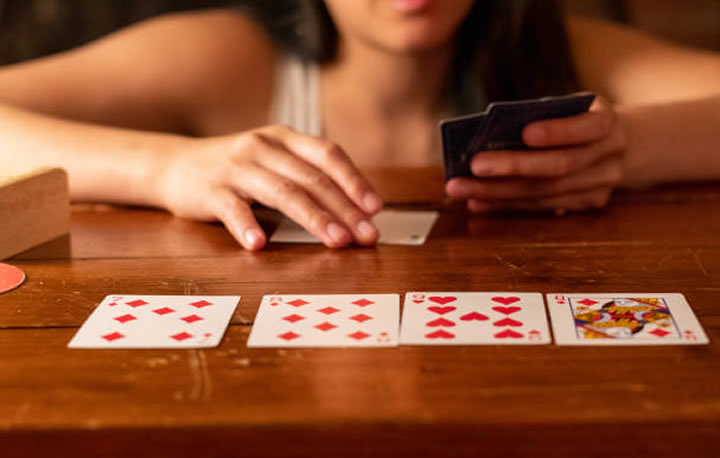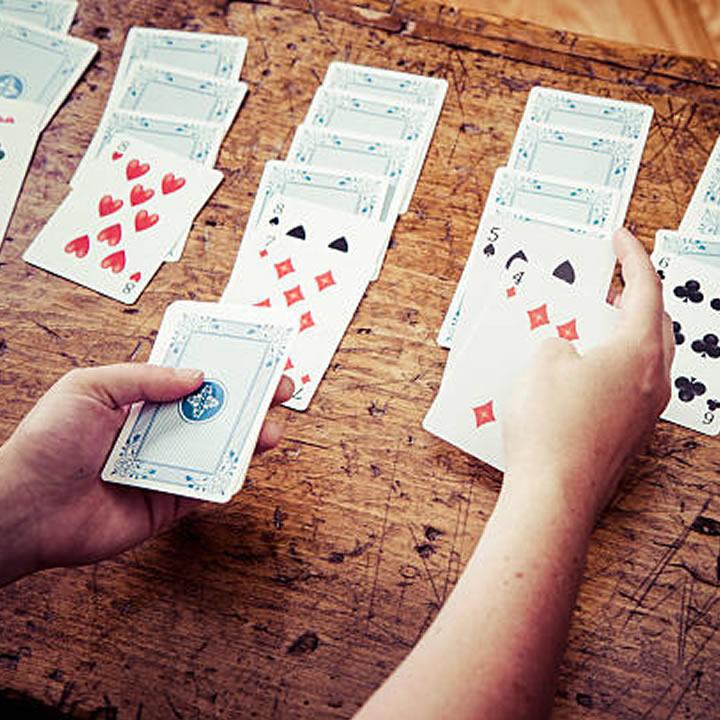Golf Solitaire: Its Evolution and Variations
One Foundation, which appeared in the Game of Patience book in 1905, is one of the oldest types of solitaire. In this game, seven cards are distributed one row at a time. Each column must have five cards.
The remainder of the deck is called a stock, and the first piece is flipped over to make a waste pile. It’s not a waste though, since the cards from the tableau pile can be drawn from the card positioned on top of the waste, in an ascending or descending order.
Changes in the Game of Solitaire
The ten or queen of diamonds can be dealt on the jack of hearts in the earlier version. If the ten is chosen, the nine of hearts can be played.
The change of direction is permitted at any moment; for example, if each card is available in turn, the sequence 6-7-6-5-6-5-4 is permissible. The next card from the stock is flipped up when no other possible moves.
There is no redeal; the goal is to eliminate all 35 cards from the tableau onto the waste pile.

In the game’s original version, only twos were allowed to be dealt on aces and only kings on queens.
Therefore, 3-2-A-2-A-2 or J-Q-K-Q-K were good sequences. Someone (perhaps Bonaventure in “Games of Solitaire”) established a challenging rule that nothing, even queens, may be dealt on kings. With this rule, the next stock card had to be turned up after a king was played to the waste.
Game historians are unsure where the rule in which a king stops the sequence came from, although it’s commonly found in American texts. This version of the solitaire permits ranks to wrap around, allowing kings and aces to be played against one another.
This rule was incorporated in practically every significant variant.
Six-Six Patience is a variation introduced in the “Card Tricks and Patience” book by Donald Sapsford in 1970.
It features six piles of six cards and wraparound discards. Since most plays leave cards in the tableau columns, someone (perhaps Bonaventure again) came up with the concept of scoring based on the number of cards left in the columns on each deal.
This game gave birth to today’s Golf Solitaire.
The Modern Golf Solitaire
Golf is one of the most popular sports in the world today. According to game analysts, the conventional game (the version where playing on kings is not allowed) has a win rate of roughly 5%, with a good par score for each hole being 4.
Obviously, zero is not the lowest score in real golf: a hole-in-one scores 1.
But that doesn’t ruin things: you can even have negative scores by assigning a -1 to each card left in the stock once the tableau is cleared.
The Golf Solitaire is simple to play, but it does need some strategy. For example, on Anytime Games, you will learn to examine the tableau after the cards are dealt with and choose the best card to play on the foundation pile.
Pick the card that will free the next card in sequence if two cards are on the bottom row.
More complex scoring methods have been adapted in other variants. Although it is considered challenging when all of the cards in the columns are played face-up, variations with face-down cards are typical. Golf is a fantastic competitive solitaire game.
However, duplicating an identical layout for two players is difficult unless the game is played on a computer.

